Description
Product Specifications
| Specification | |
| Brand Name | SSCH |
| Model Number | GY-PDT1 |
| Instrument classification | Class III |
| Warranty | 1 Year |
| After-sale Service | Return and Replacement |
| Product name | 810nm 1070nm infrared light NIR LED light therapy helmet |
| Led Quantity | 256pcs |
| Color | white/black |
| Irradiance | 45 mW/cm2 |
| Function | Brain treatment |
| Power(total helmet) | 15W |
| Power(one LED) | 60 mW |
| Light wavelength | 810nm/1070nm |
| Frequency | 1hz-20000hz |
| Time setting | 1min-30min |
| Irradiance | 45 mW/cm2 |
| Frequency | 1hz-20000hz |
| Time | 0-30mins |
The Science of Photobiomodulation for Brain Health
What is Near Infrared Light Therapy?
Near infrared light therapy, also known as photobiomodulation (PBM), utilizes specific wavelengths of red and near infrared light (typically 600-1100nm) to stimulate cellular function. When applied to the head via a photobiomodulation helmet, these wavelengths can penetrate the skull and reach brain tissue, where they interact with mitochondria—the powerhouses of cells.
The 810nm and 1070nm wavelengths featured in the SSCH GY-PDT1 infrared light helmet have been specifically selected for their ability to penetrate through the skull and reach brain tissue effectively. At these wavelengths, near infrared light can stimulate mitochondrial enhancement, increase ATP production (cellular energy), reduce inflammation, and potentially promote neurogenesis and synaptogenesis—key processes for brain health.
Evidence-Based Approach to Brain Health
A growing body of research supports the potential benefits of NIR light stimulation for brain health:
A small pilot double-blind, placebo-controlled clinical trial published in Photobiomodul Photomed Laser Surg (2019) demonstrated that transcranial photobiomodulation with near infrared light resulted in significant improvements in executive functioning, processing speed, and visual attention in participants with cognitive impairment. The study showed improvements in task switching abilities and immediate recall.
Research published in the Journal of Alzheimer's Disease (2021) indicated that regular NIR treatment was associated with improved EEG amplitude and connectivity measures in subjects with mild to moderate cognitive decline. This closely watched clinical trial suggested potential applications for dementia patients testing memory function and other cognitive domains including praxis memory and clock drawing performance.
Animal models studies have shown that NIR light stimulation may help reduce inflammation, decrease tau aggregation, and mitigate the development of amyloid β plaques—pathological hallmarks associated with Alzheimer's disease. Unlike antibody therapy approaches such as Alzheimer's drug solanezumab that failed to reach statistical significance in treating AD pathology, photobiomodulation offers a different mechanism of action.
While considerable pharmaceutical efforts have struggled with clinical signs of efficacy, brain photobiomodulation appears to address current pathophysiology through different mechanisms.
Potential Applications for Brain Photobiomodulation
Research suggests that regular near infrared light therapy sessions via a near infrared light helmet may support:
- Cognitive Function: Studies indicate potential improvements in memory, executive functioning, processing speed, and task switching ability. Research with dementia patients has shown promising results for improving mental clarity and cognitive performance.
- Neuroprotection: Evidence suggests NIR light may help protect neurons from physical deterioration and oxidative stress. This may be particularly relevant for individuals who develop amyloid plaques or neurofibrillary tangles, as NIR light stimulation has shown potential to influence these processes in preliminary studies.
- Traumatic Brain Injury Recovery: Clinical research indicates potential benefits for individuals recovering from traumatic brain injury by potentially mitigating consequent cognitive deficits and supporting neural repair mechanisms.
- Neuropsychiatric Support: Placebo-controlled trials suggest possible applications for conditions such as major depressive disorder and generalized anxiety disorder. Studies conducted in outpatient behavioral healthcare clinics have shown promising results for mood regulation.
- Neurodegenerative Conditions: Ongoing research explores potential supportive applications for treating AD pathology and conditions characterized by hyperphosphorylated tau protein accumulation. Some studies indicate that regular photobiomodulation therapy may influence gamma brain waves and neuro alpha/neuro gamma activity patterns that are often disrupted in neurodegenerative conditions.
- Pain Relief: Some evidence suggests that transcranial near infrared light may help with certain types of pain, potentially providing a non-pharmaceutical approach to pain management.
How the Photobiomodulation Helmet Works
The SSCH GY-PDT1 utilizes 256 carefully positioned light emitting diodes (LEDs) to deliver precise infrared light therapy to the brain:
- Optimal Power Density: The helmet delivers a consistent 45 mW/cm² power density—a level shown in research to be effective while remaining safe for regular use.
- Dual-Wavelength Approach: Combines 810nm and 1070nm wavelengths that research suggests may be particularly effective for brain stimulation.
- Adjustable Frequency Settings: The ability to adjust from 1Hz to 20000Hz allows targeting different brainwave patterns, including potentially beneficial gamma brain waves associated with cognitive processing.
- Full Coverage Design: The helmet architecture ensures comprehensive coverage across all brain regions for optimal photobiomodulation effects.
The SSCH GY-PDT1 helmet has been designed for convenient at-home use:
- Comfortable Setup: Place the helmet comfortably on your head while seated in a relaxed position.
- Adjustable Parameters: Select your desired frequency settings (1Hz-20000Hz) based on your specific therapeutic goals.
- Customizable Sessions: Set the timer for your session duration (1-30 minutes).
- Consistent Protocol: For optimal results, most research suggests regular sessions integrated into your daily routine.
- Pulsed Mode Options: The helmet offers both continuous and pulsed mode capabilities, allowing customization based on therapeutic needs.
FAQs
Does near infrared light therapy work for brain health?
Multiple placebo controlled clinical trials have demonstrated promising results for near infrared light therapy in supporting various aspects of brain health. A study published in Scientific Reports (2020) showed that transcranial photobiomodulation led to significant improvements in cognitive performance compared to placebo treatments. Studies with independently diagnosed dementia patients have shown improvements in various cognitive domains. While research continues to evolve, the current evidence suggests that properly administered NIR light stimulation may offer meaningful benefits for brain function.
How does photobiomodulation affect the brain?
NIR treatment reaches brain tissue and primarily affects cellular mitochondria, leading to:
- Increased ATP production (cellular energy)
- Enhanced cerebral blood flow
- Reduced neuroinflammation, which may help decrease tau protein aggregation
- Potential modulation of brain wave activity, including gamma brain waves associated with cognitive processing
- Possible influence on the development of neurofibrillary tangles and β plaques in animal models of neurodegenerative conditions
Can near infrared light therapy help with Alzheimer's disease?
Research in this area is ongoing and evolving. Several animal models have shown that NIR light stimulation may help address aspects of AD pathology, including the potential to influence amyloid beta accumulation and processes related to hyperphosphorylated tau protein. A small pilot study published in Photobiomodul Photomed Laser Surg showed improvements in cognitive function among participants with mild to moderate dementia. While current treatments for Alzheimer's disease face significant challenges in demonstrating major change in disease progression, photobiomodulation represents a different approach targeting current pathophysiology through cellular energetics.
What cognitive functions might benefit from NIR light therapy?
Research studies have demonstrated potential improvements in:
- Executive functioning and task switching
- Immediate recall and memory formation
- Visual attention and processing speed
- Praxis memory and visuospatial functions (such as clock drawing)
- Overall mental clarity and cognitive performance
How often should I use a photobiomodulation helmet?
Based on current research protocols, most studies showing positive outcomes have utilized treatment schedules ranging from 2-7 sessions per week, with individual sessions typically lasting 10-20 minutes. However, optimal treatment protocols continue to be refined through ongoing research. It's advisable to follow manufacturer recommendations and consult with healthcare providers regarding individualized treatment schedules.
Why Choose the SSCH GY-PDT1 Photobiomodulation Helmet
- Optimal Wavelengths: Features the specific 810nm and 1070nm wavelengths identified in research as effective for brain tissue penetration.
- Professional-Grade Technology: Class III medical device classification reflects the advanced engineering and quality standards.
- Comprehensive Coverage: 256 high-quality LEDs ensure thorough coverage across the cranium for optimal light delivery.
- Adjustable Parameters: Customizable frequency settings from 1Hz to 20000Hz allow personalized treatment protocols.
- Convenient Daily Use: Simple operation with adjustable session times makes it easy to incorporate into regular wellness routines.
- Safety Features: Built-in timer and consistent 45 mW/cm² irradiance ensure treatments remain within research-supported parameters.
The Science Behind Red Light and Near Infrared Light for Brain Health
Emerging research continues to expand our understanding of how photobiomodulation may support brain health. While traditional approaches to neurological conditions face challenges, NIR light therapy represents a fundamentally different approach addressing cellular energetics and mitochondrial function.
Studies from institutions worldwide have demonstrated that near infrared wavelengths may influence various aspects of brain function:
- Mitochondrial Function: Research indicates that red light and near infrared light can enhance mitochondrial respiration and ATP production, potentially addressing the energy deficits observed in many neurological conditions.
- Protein Aggregation: Animal models suggest photobiomodulation may influence the processes that lead cells to develop amyloid plaques and develop neurofibrillary tangles, two key pathological features in certain neurodegenerative conditions.
- Neural Oscillations: Studies using electroencephalography (EEG) have shown that PBM therapy may beneficially modulate brainwave patterns, including potentially enhancing gamma brain waves associated with cognitive processing.
- Neuroinflammation: A consistent finding across multiple studies is that infrared light therapy can help reduce inflammation in neural tissue, potentially supporting overall brain health.
- Cerebral Blood Flow: Near infrared light has been shown to enhance cerebral blood flow, which may improve nutrient delivery and waste removal in brain tissue.
The convergence of these mechanisms represents a multi-faceted approach to supporting brain function that differs significantly from other methods currently available.
Integrating the SSCH GY-PDT1 Into Your Brain Health Regimen
This advanced photobiomodulation helmet offers a convenient, at-home solution that can complement other brain health practices:
- Consistent Application: Most research protocols showing significant improvements utilized regular sessions (typically 2-5 times weekly)
- Comfortable Experience: The 15W total power provides effective delivery while remaining comfortable for regular use
- Complementary Approach: Can be used alongside other brain-supportive practices as part of a comprehensive approach to cognitive wellness
- Long-term Support: The durable construction and 100,000+ hour LED lifespan ensures years of reliable use
The SSCH GY-PDT1 Near Infrared Light Therapy Helmet is designed as a supportive technology for general brain health and is not intended to diagnose, treat, cure, or prevent any disease. Results may vary. For specific health concerns or conditions, please consult with qualified healthcare professionals.

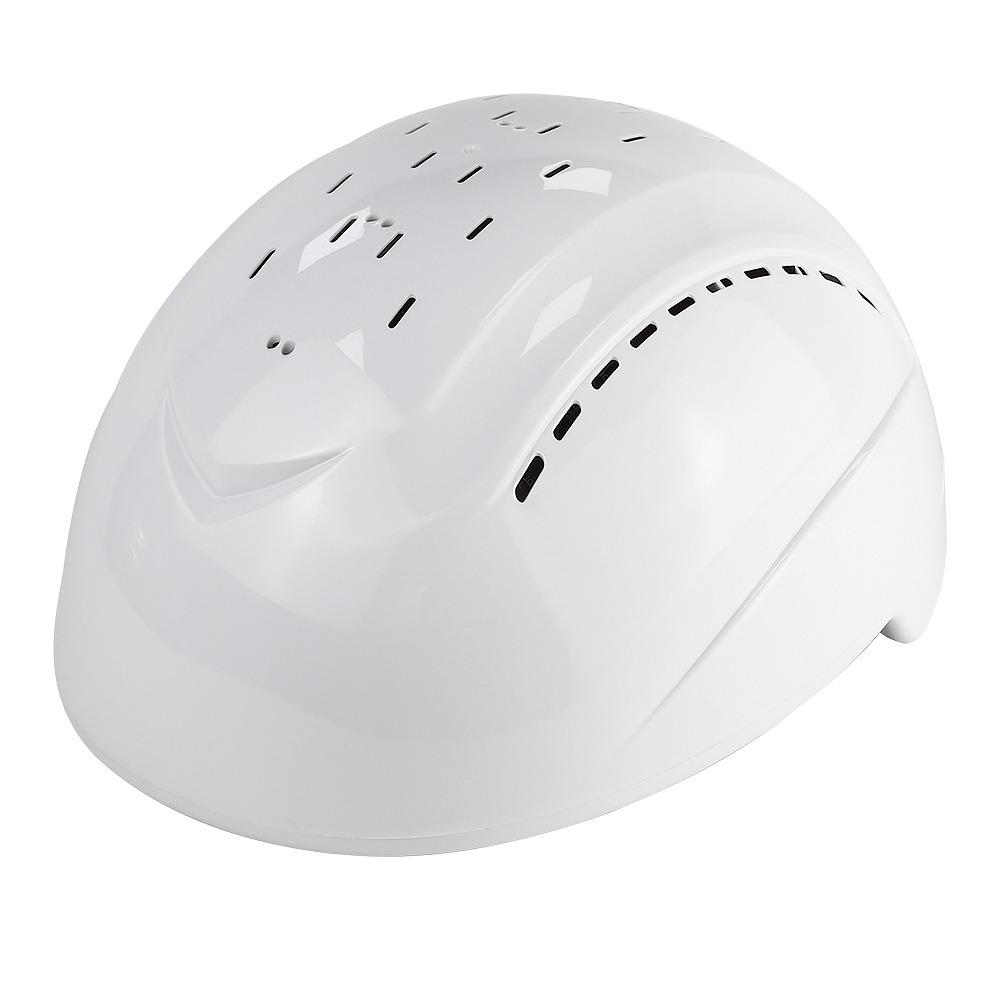
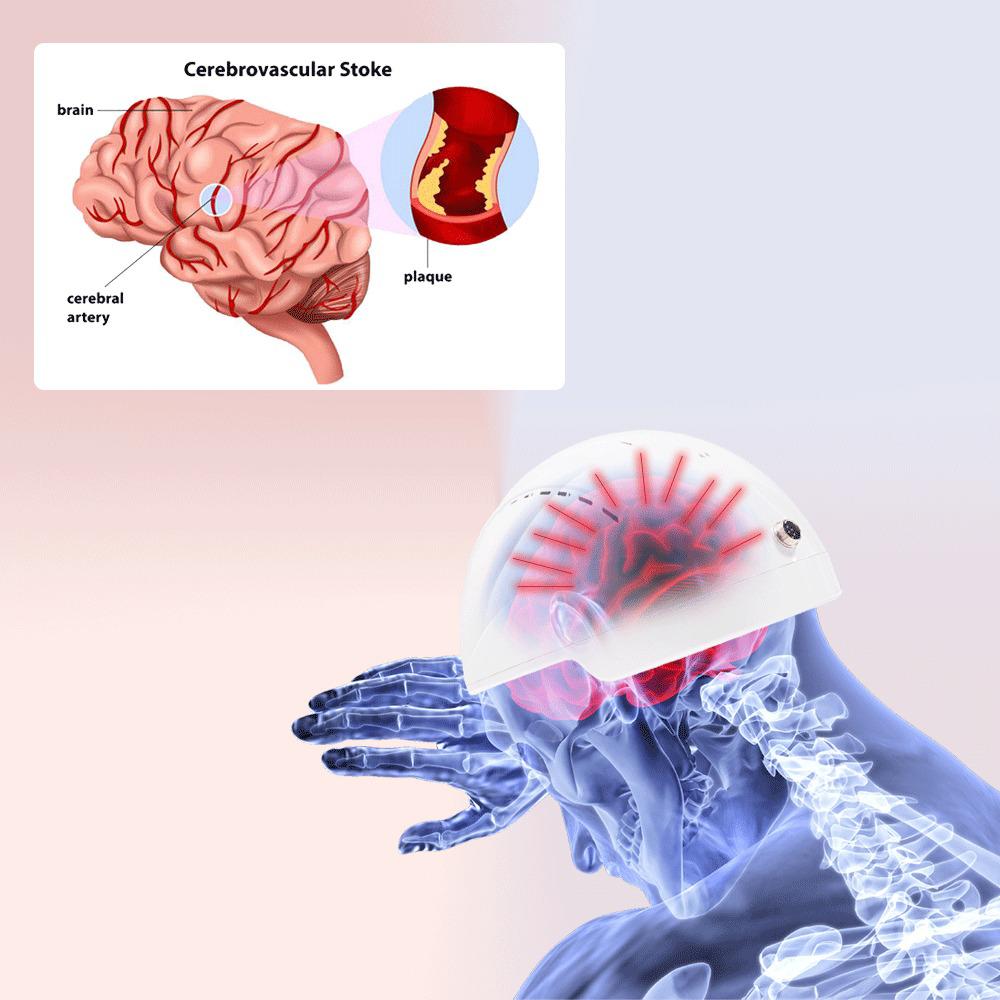
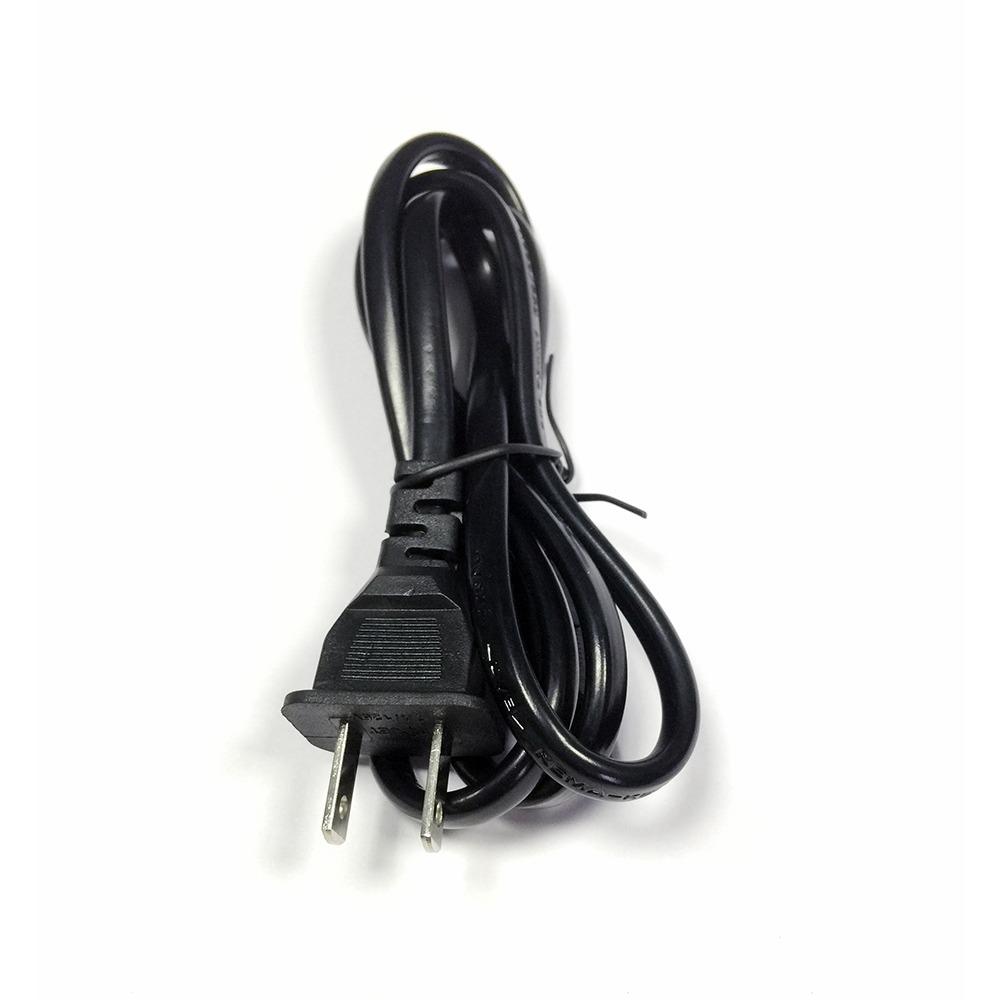
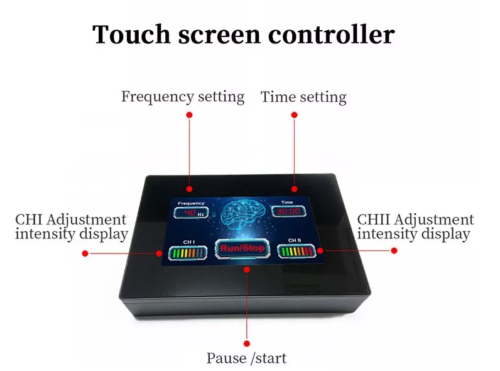
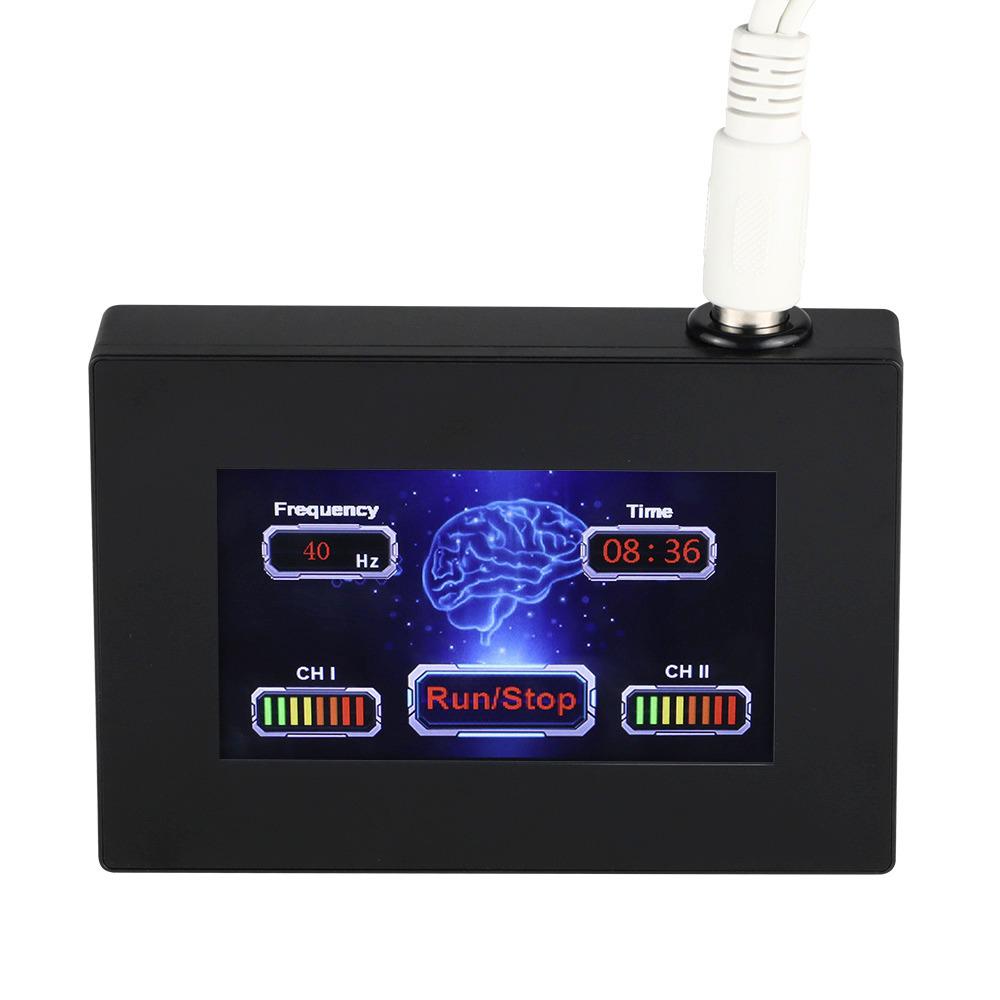
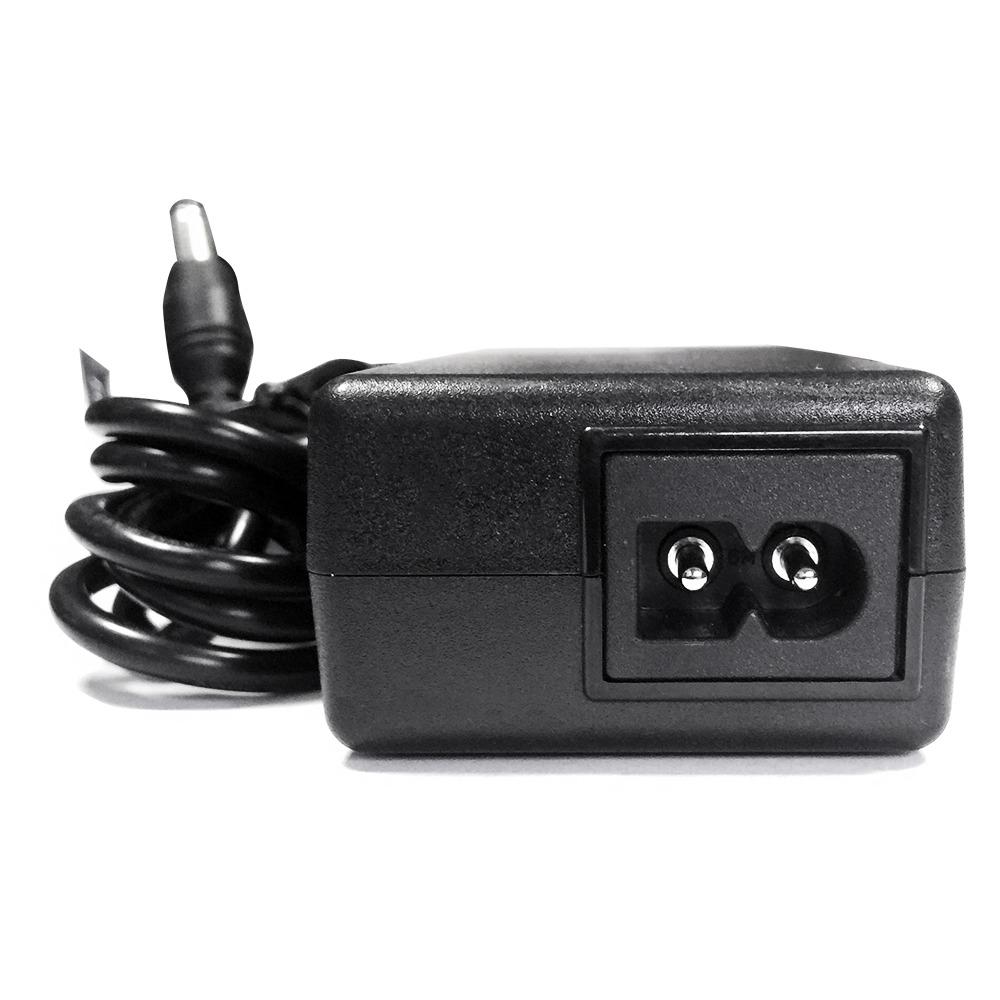

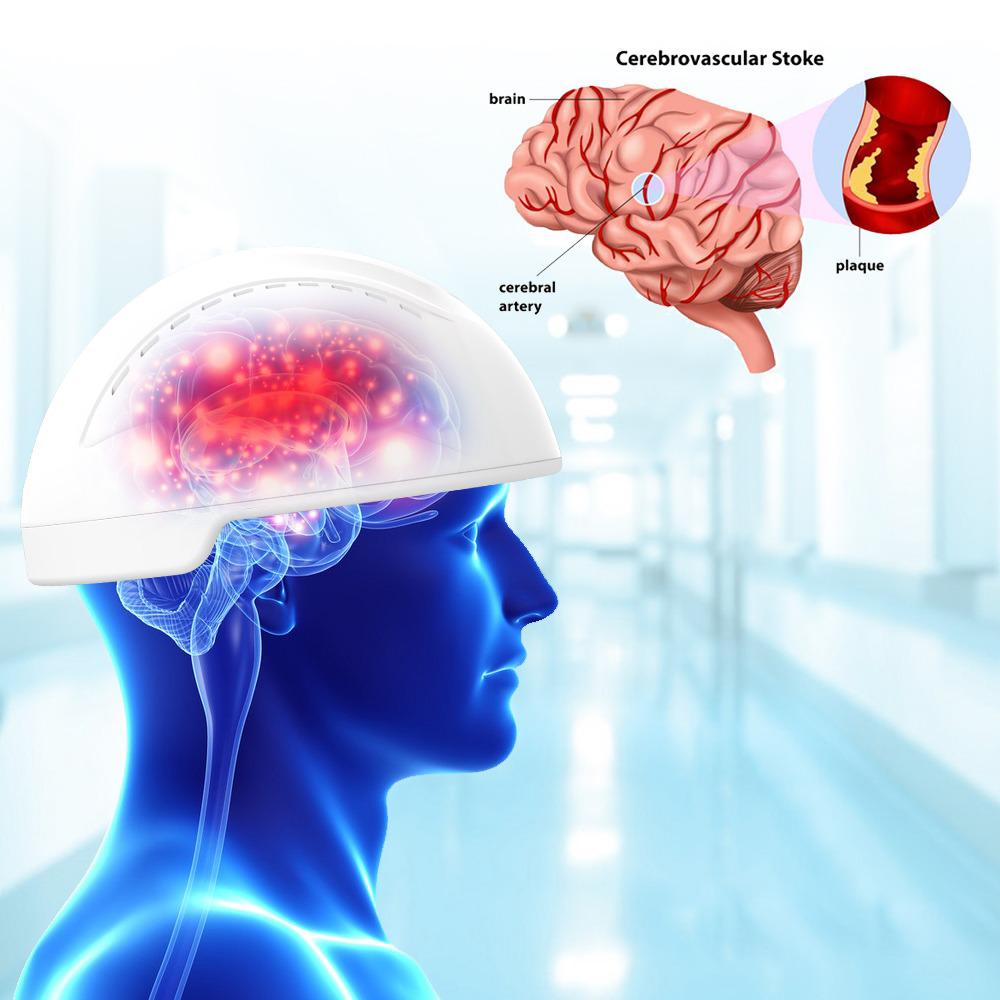
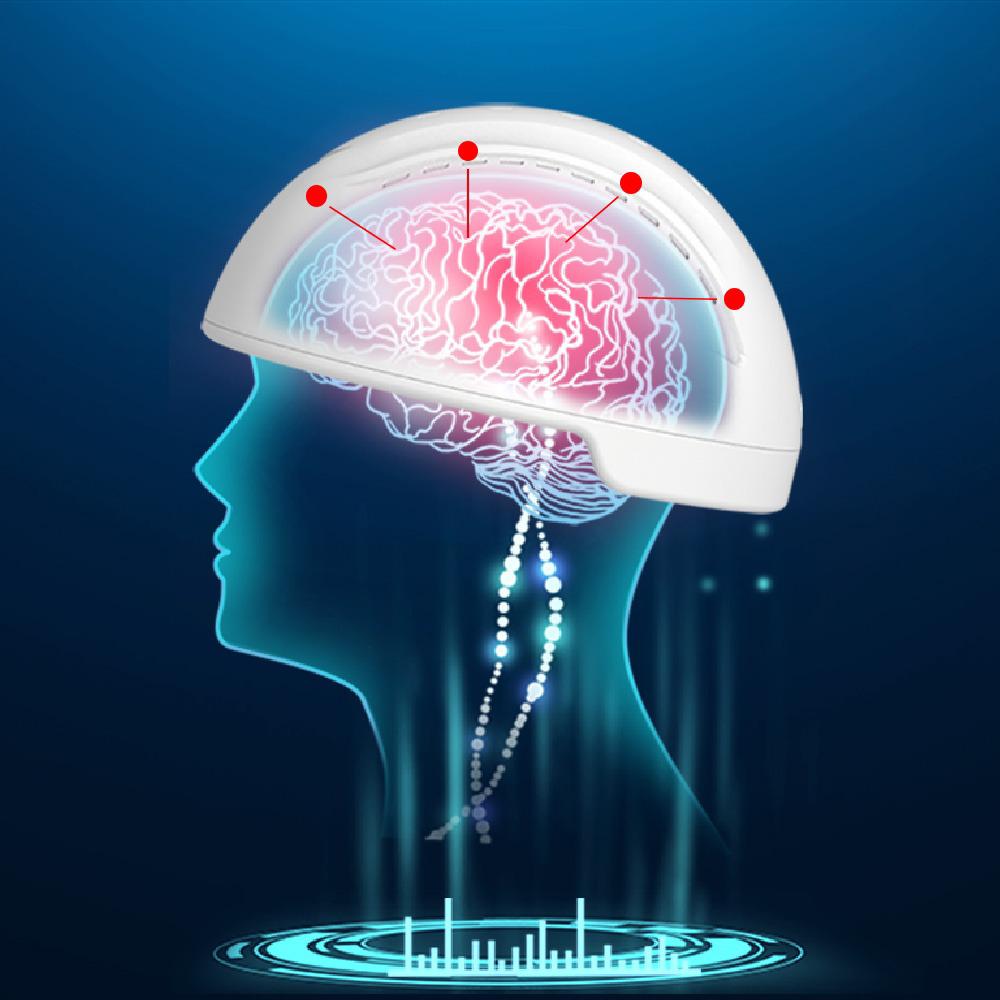
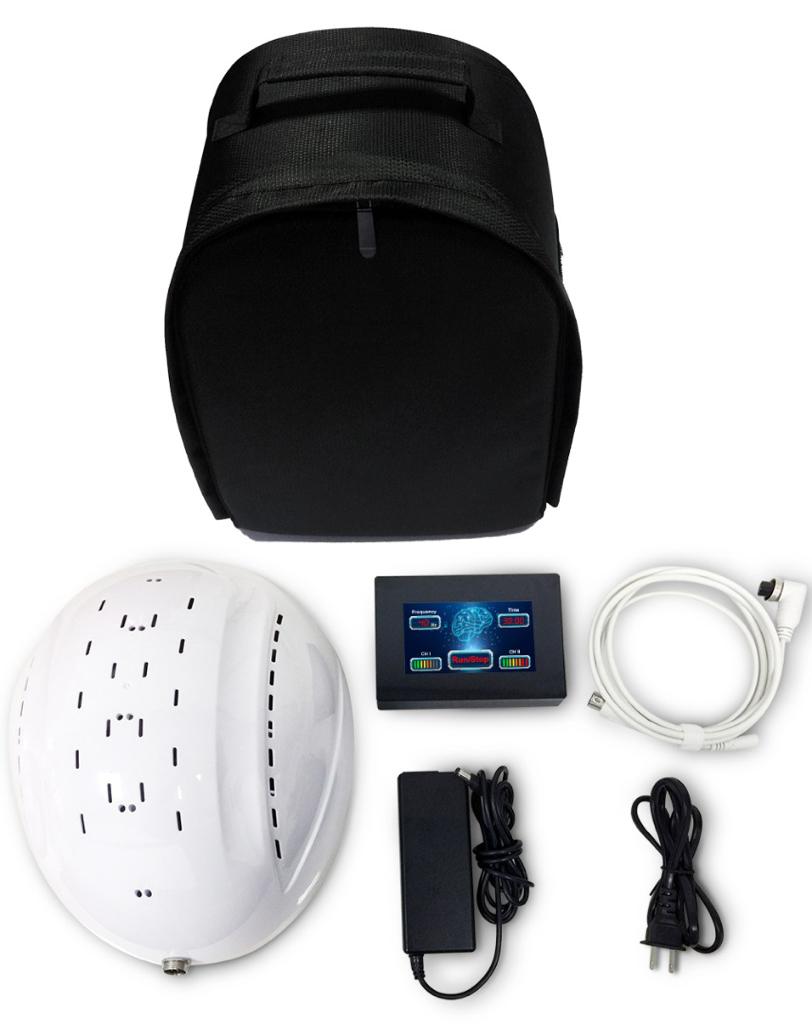
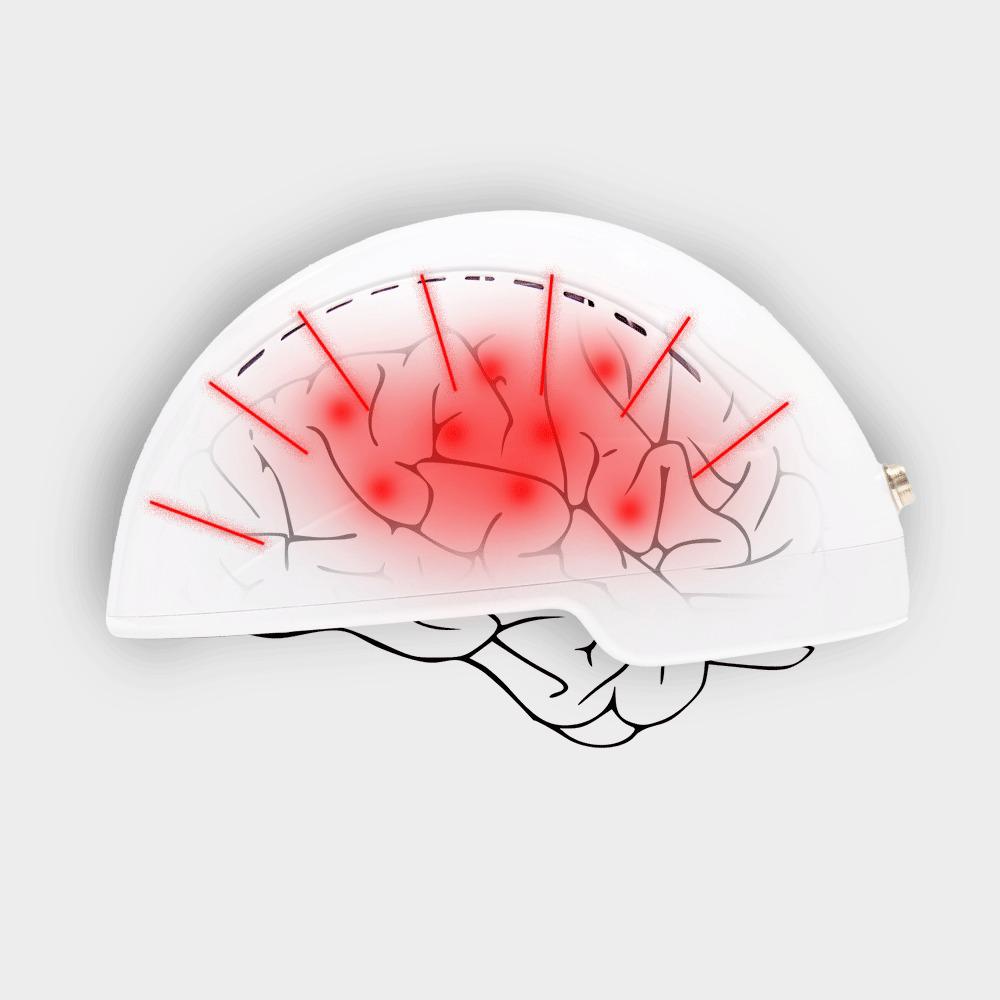
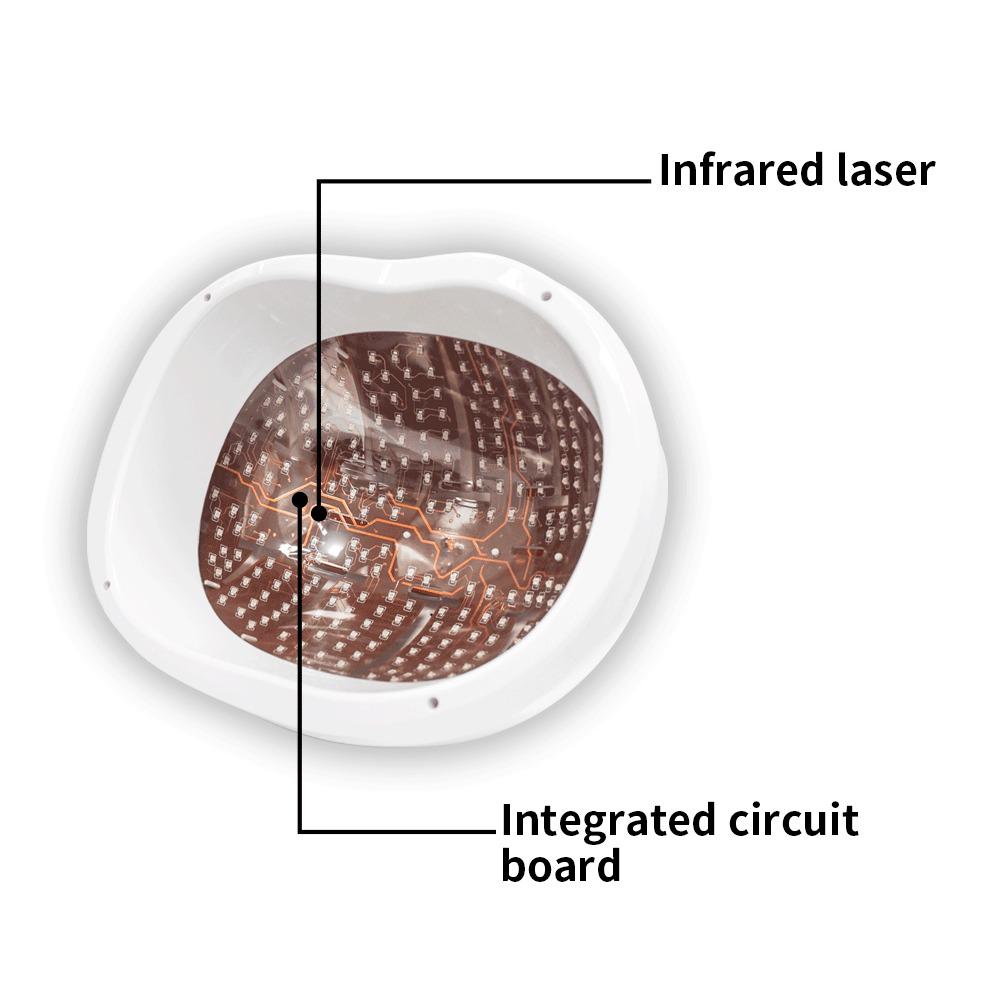
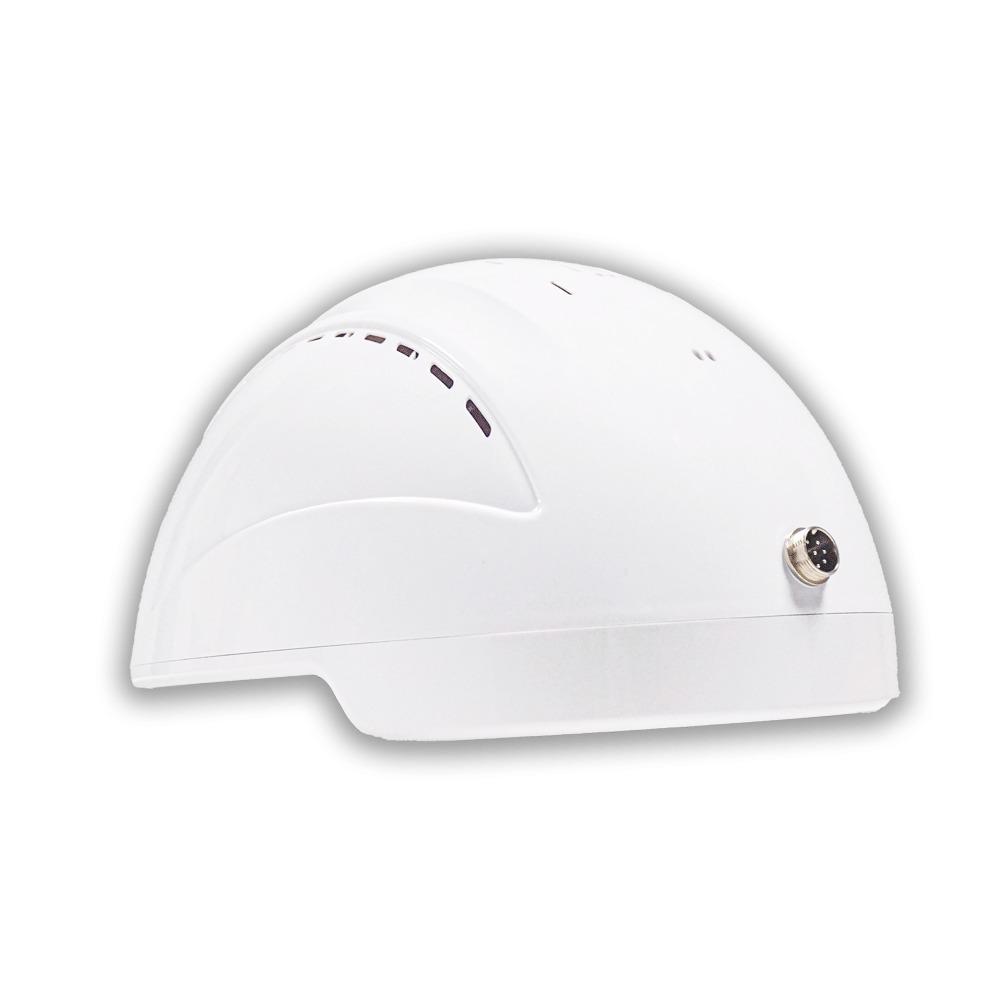

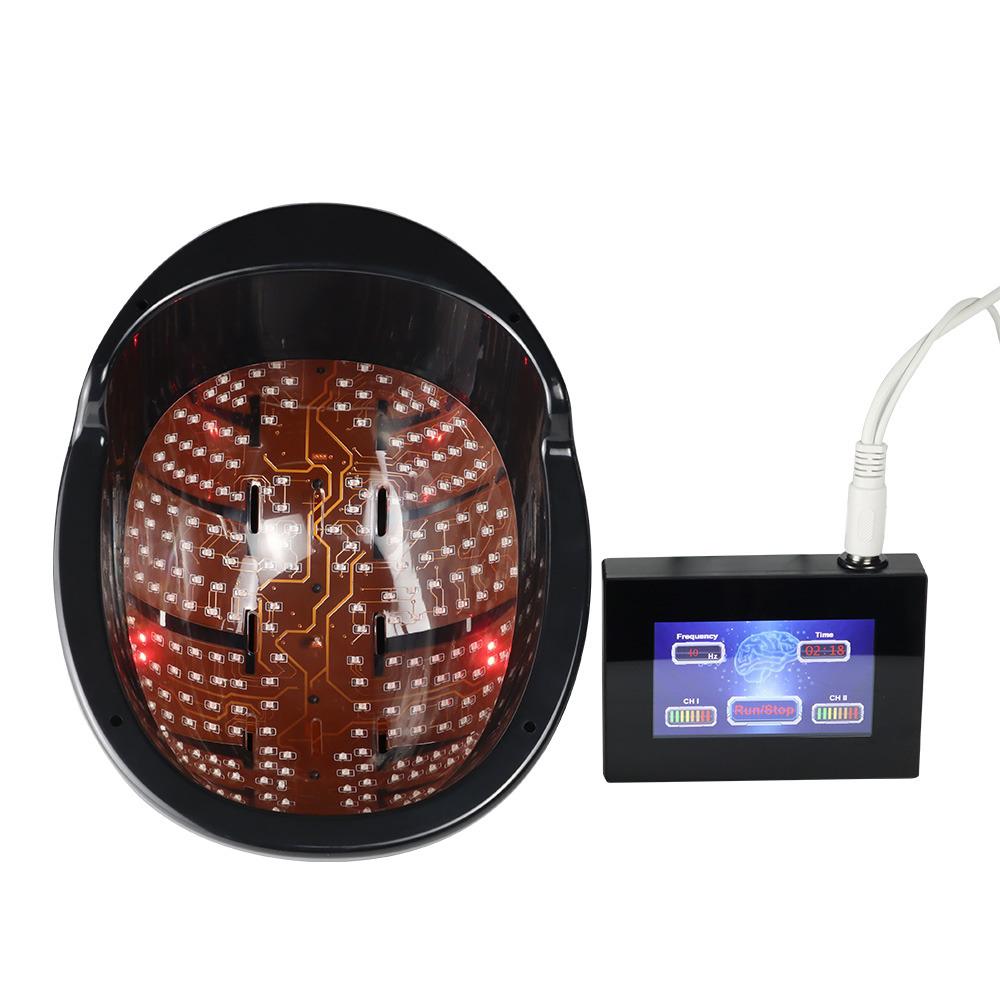
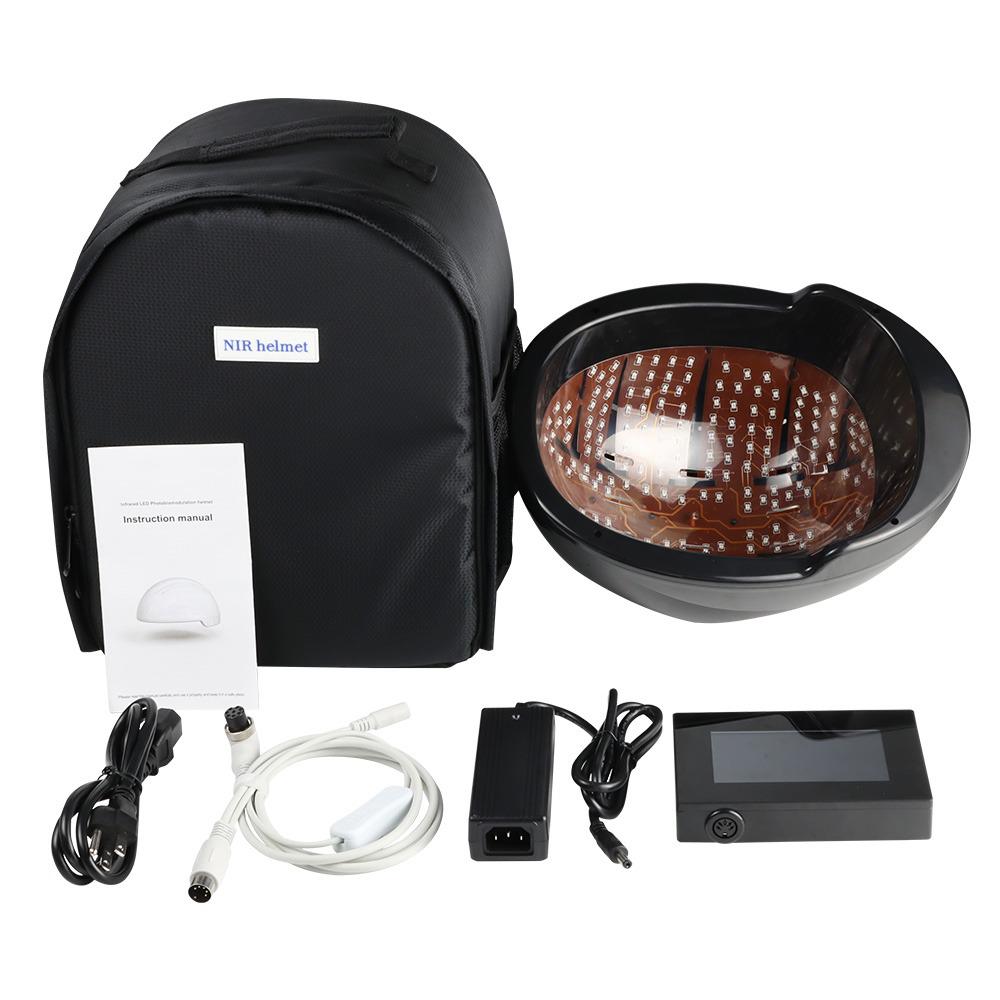
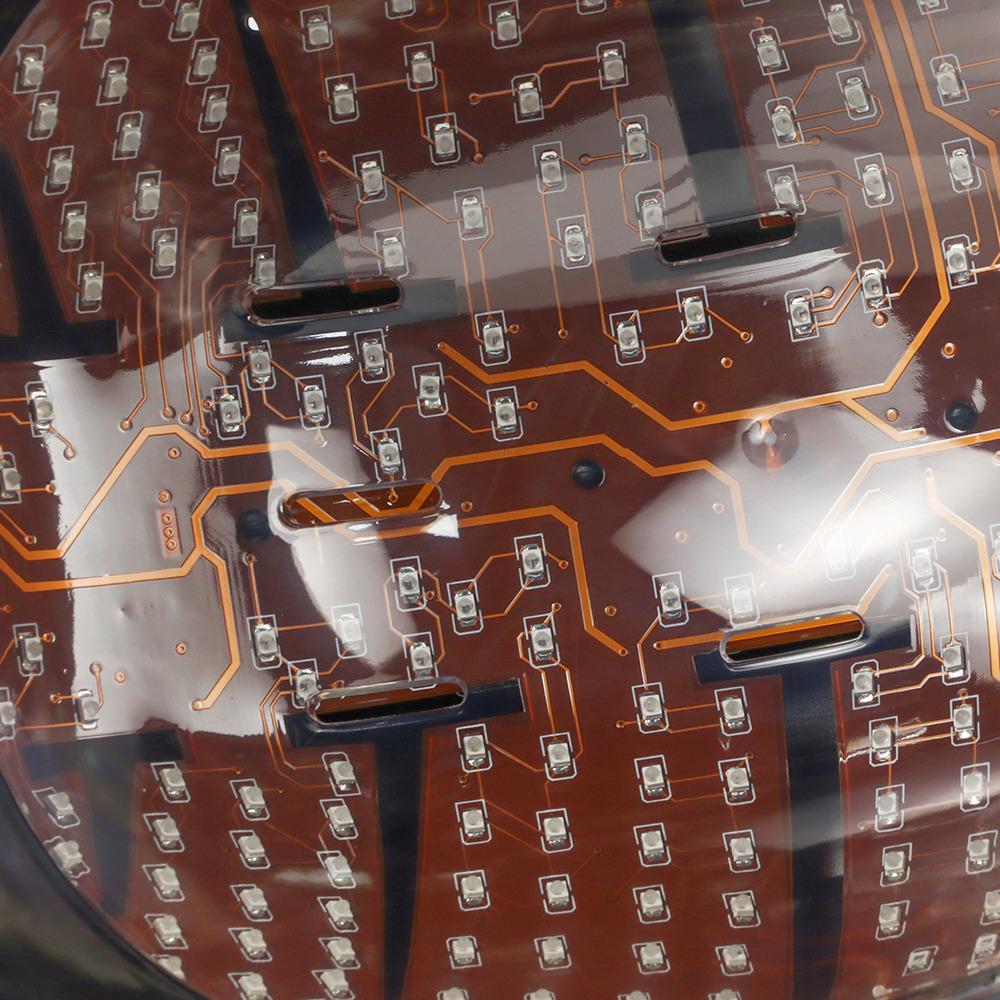
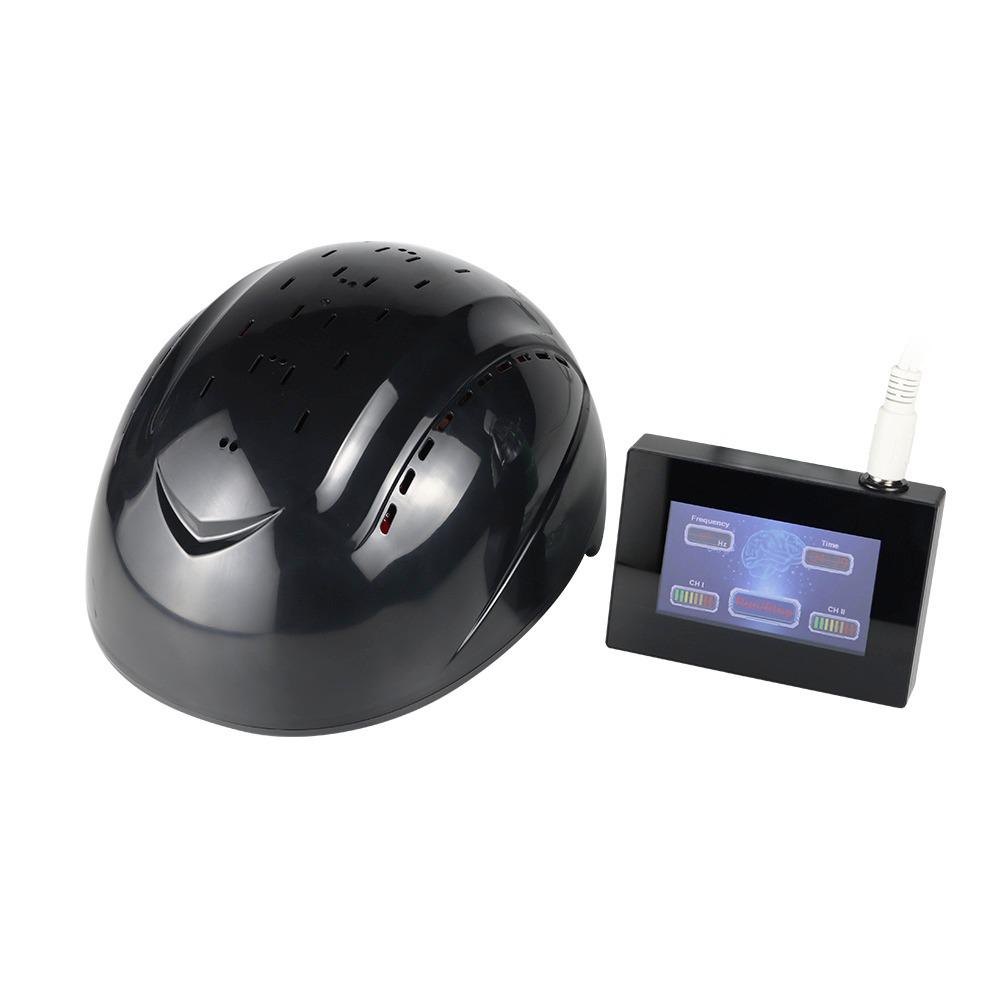
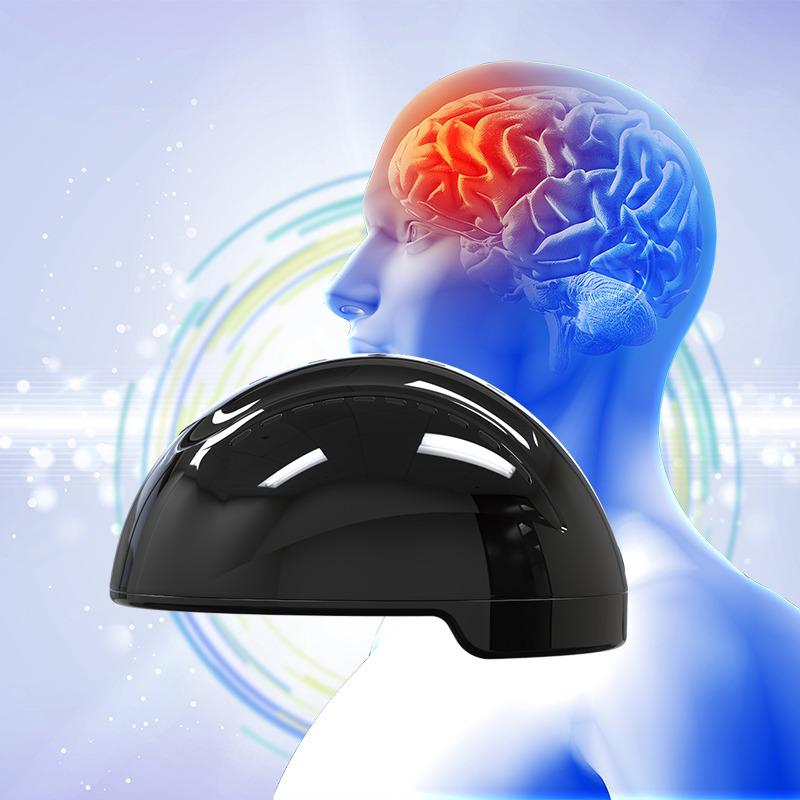

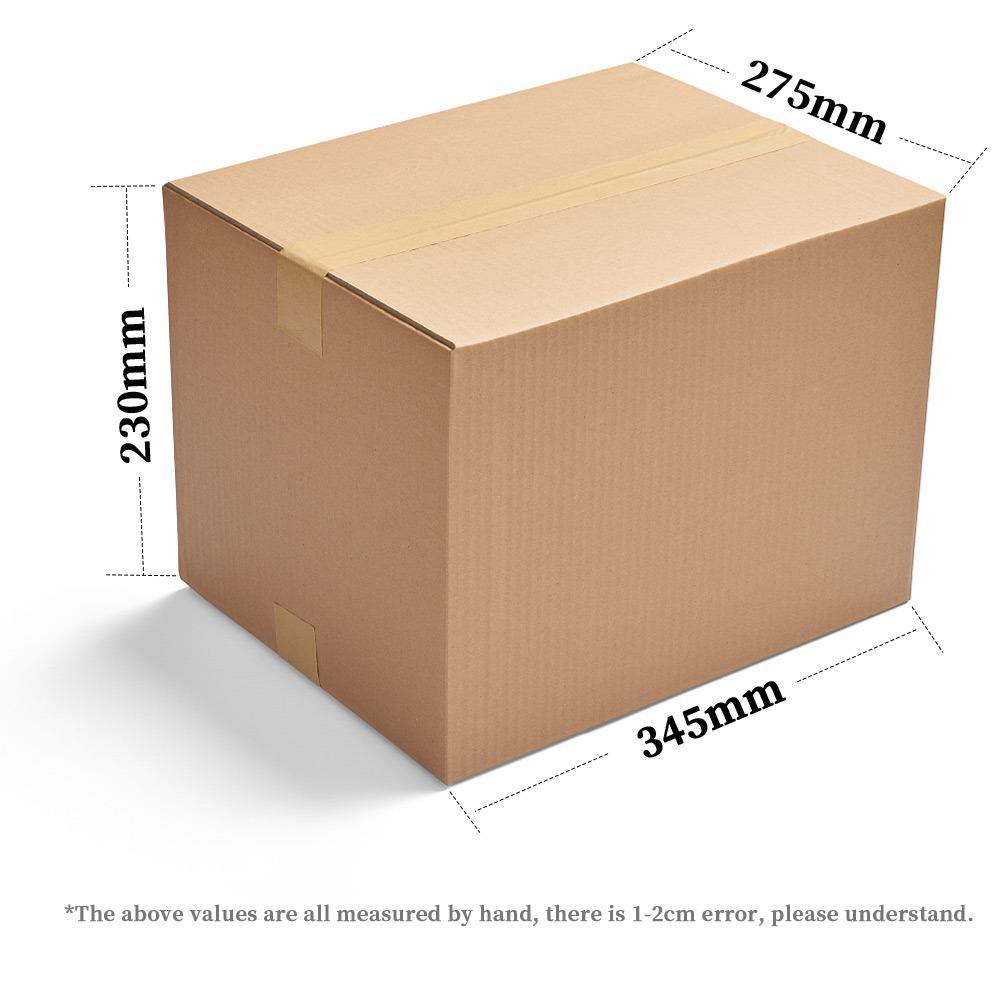
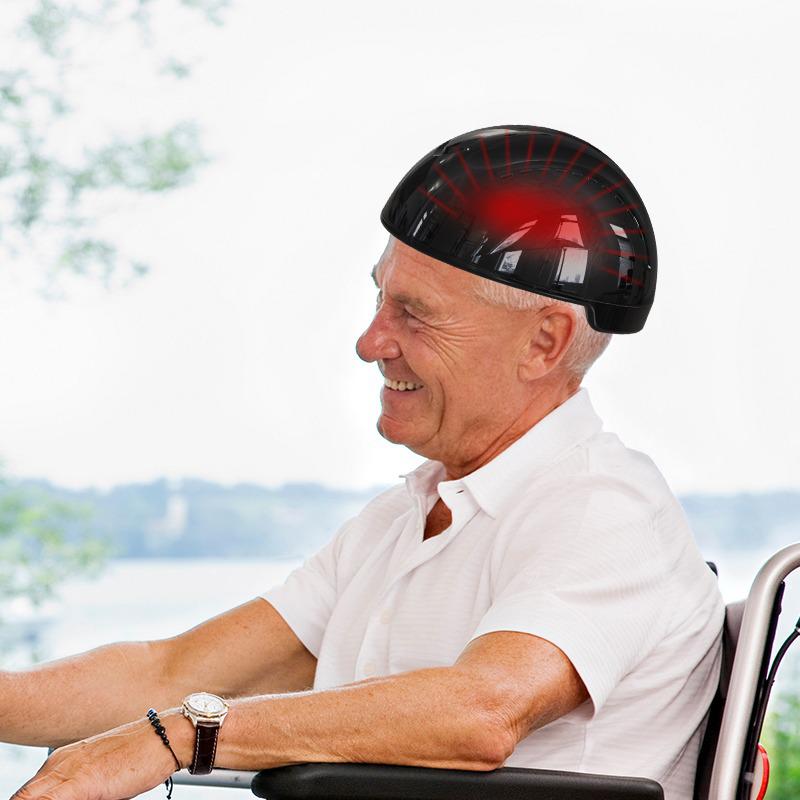
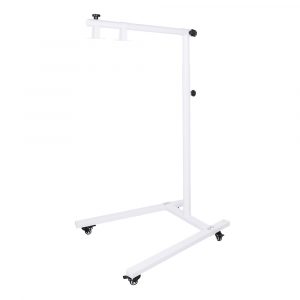
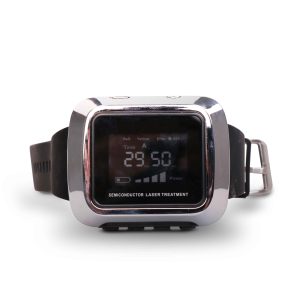
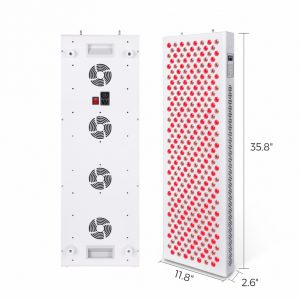

Reviews
There are no reviews yet.